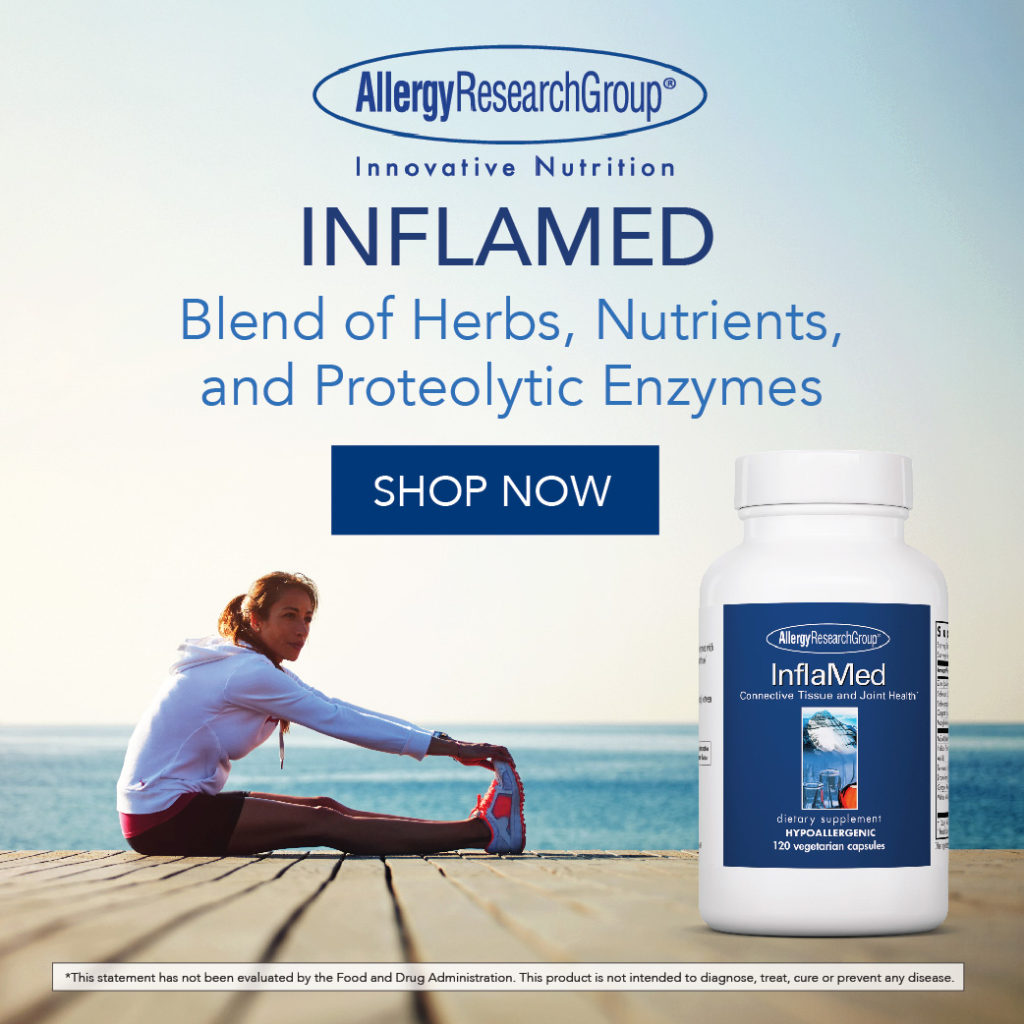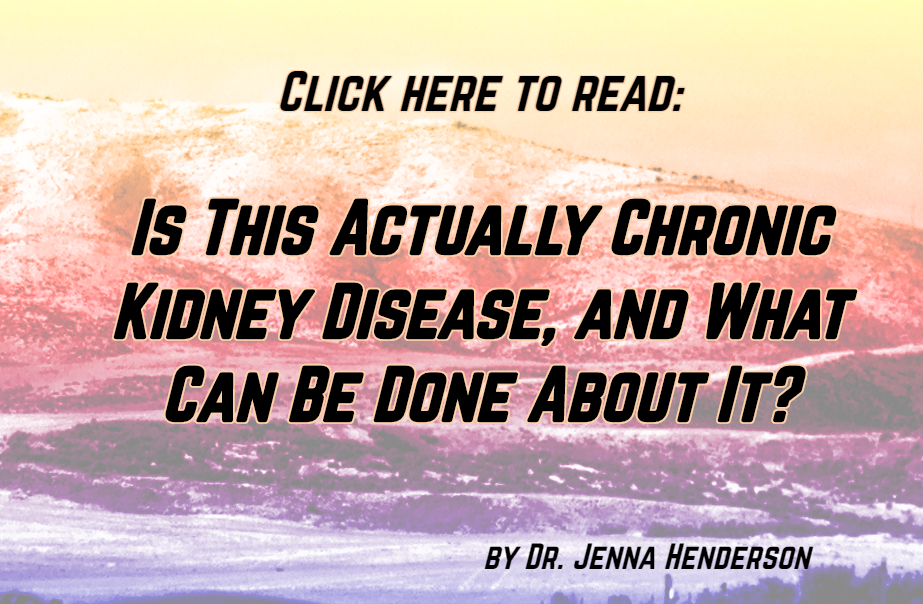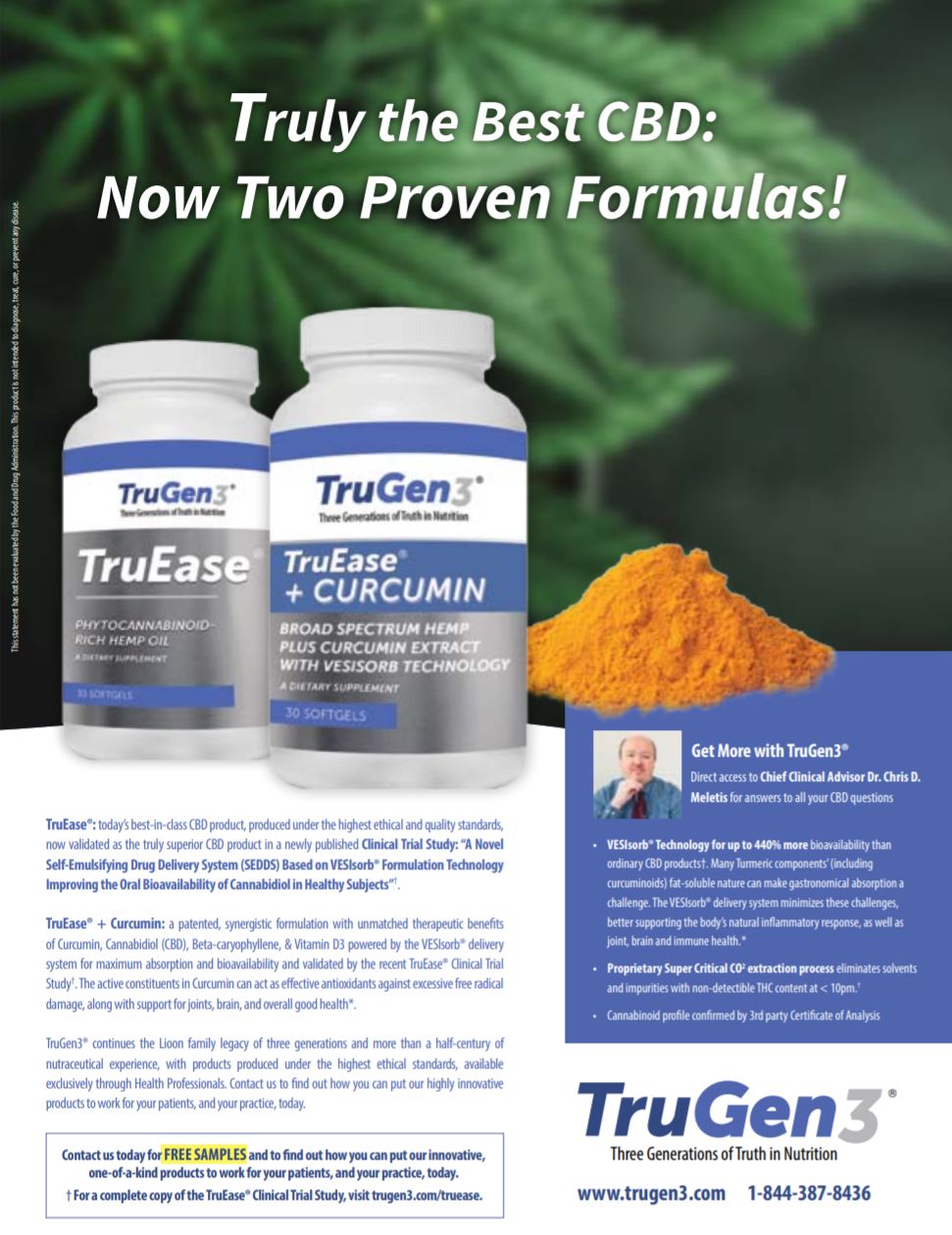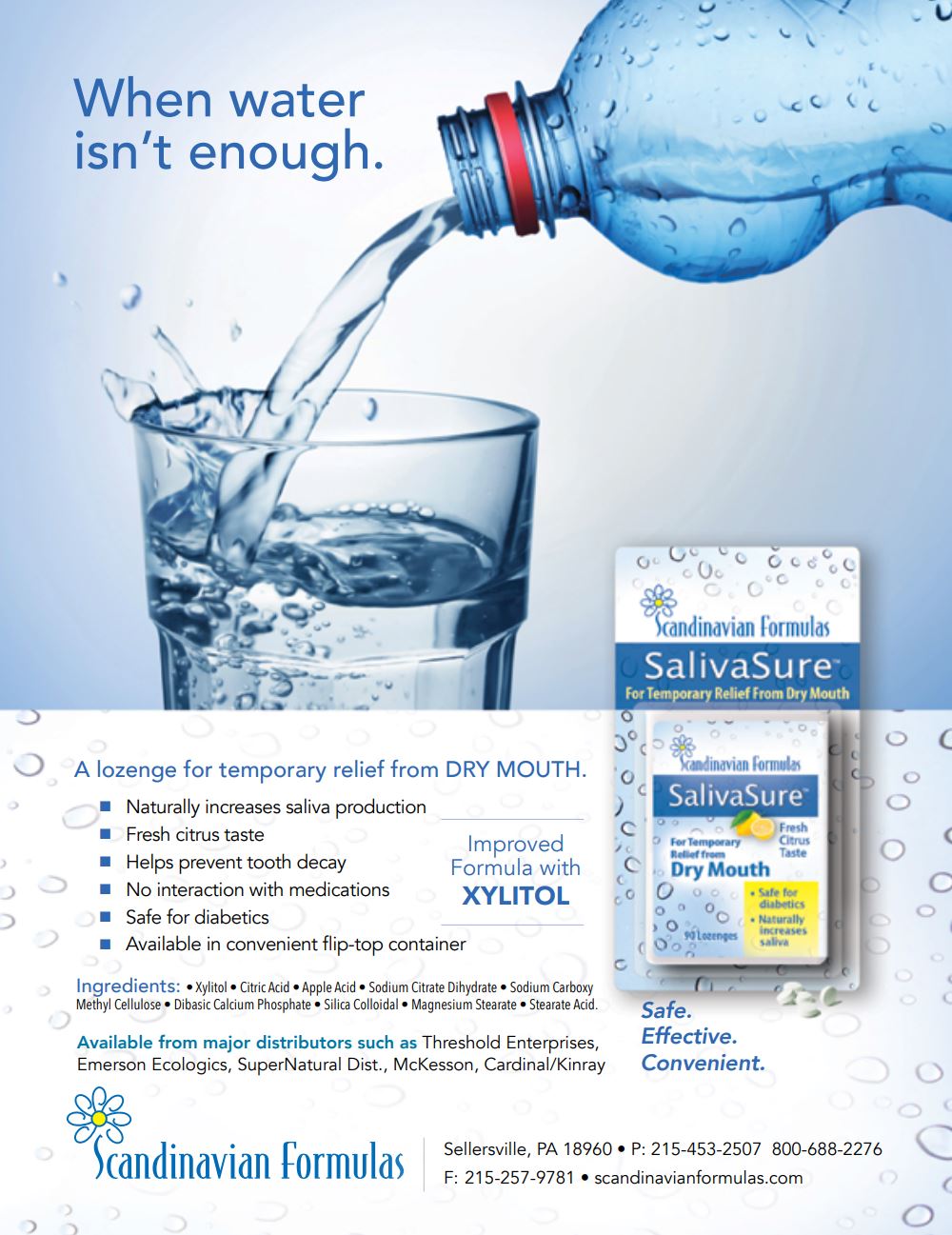by Jenna Henderson, ND
It has long been known that the most common cause of mortality in kidney patients is not kidney failure directly but secondary heart disease. As more is understood about the mechanisms of secondary heart disease, it becomes clear that inflammation is a major contributor to degeneration in kidney patients, not just in cardiac health but with vascular calcification, premature aging, telomere shortening, mitochondrial dysfunction, muscle wasting, and osteoporosis. Historically, strategies to address chronic kidney disease have focused on preserving filtration and also renal replacement therapy with dialysis and transplants to avoid uremic toxicity. Additionally, addressing inflammation may also go a long way to improving the long-term prognosis of kidney patients.
Urine contains at least 3,079 different waste products, as revealed by the latest cataloguing of uremic compounds. Of these compounds 1,453 come from the human metabolism. Seventy-two are made from bacteria and another 2,282 come from diet, drugs, cosmetics or environmental exposure (some compounds belong to more than one group). The kidneys handle any water-soluble material the body needs to get rid of. Creatinine has been determined to be the most steady, stable indicator of a uremic state. When creatinine is high, other uremic waste products are also present in the blood.1
For most kidney patients only creatinine and BUN are tested. Sometimes uric acid is also tested if the patient is experiencing symptoms of gout. High uric acid itself can cause injury to kidneys through inflammation fibroblast expansion and Endothelin-1 expression.2 Uric acid crystals can even settle in the heart.3 However, uric acid may not be the biggest culprit as allopurinol therapy, in one study, did not improve cardiovascular outcomes in patients.4
Unfortunately, the most worrisome uremic waste products are not tested; and most kidney patients are not followed by a cardiologist. Also, the usual markers of inflammation—CRP and ESR—are generally not tested. With most kidney patients, a shortened life span is usually the outcome; but it doesn’t have to be this way. By understanding the link between uremia and inflammation, kidney patients can take steps to reduce their cardiovascular risk.
Inflammatory markers are present with early stage kidney disease but increase as the kidneys lose the ability to filter waste. A study published in 2017 looked at patients undergoing cardiac bypass surgery. Patients were divided into three groups: (1) with creatinine under 1.3 mg/dl (control group), (2) with creatinine between 1.3 and 2.0 (early chronic kidney disease) and (3) patients with creatinine >2.0 (advanced chronic kidney disease). Both the early stage kidney patients and the later stage kidney patients showed high levels of proinflammatory markers, while marked calcification of the blood vessels was seen with advanced kidney disease.5
Uremic toxins in the blood are in constant contact with the endothelium of vascular tissue. A 2019 study looked at the effect of uremic serum on cultured human endothelial cells and measured the levels of expression of molecules associated with vascular injury and repair. Monocyte chemoattractant protein 1 (MCP-1) was markedly increased in sera from uremic patients with diabetes as well as sera from uremic patients with hypertension. MCP-1 caused endothelial injury and inflammation. Sera from diabetic patients also included an increase in vascular endothelial growth factor (VEGF) and stromal cell-derived factor 1 (SDF-1), which are initiators of the vascular repair process. VEGF and SDF-1 were not elevated in the sera from patients who reached end stage renal disease due to hypertension, suggesting that the cause of renal failure can be a factor in expression of inflammatory markers.6
Advanced kidney disease can blunt the immune response, while at the same time inducing constant low-grade systemic inflammation. The uremic patient has a high level of cytokines trying to invoke an immune response, but a general senescence of the immune system. Unable to mount a proper immune defense, this inflamed state can wreak havoc with patients, resulting in the cardiovascular damage seen with late stage kidney disease.7
The immune senescence of chronic kidney disease can bring changes that include a low thymic output, an increase in C-reactive protein, and an increase in terminally differentiated CD8+ T-cells. While low thymic output was most associated with infections, changes in T-cell expansion were associated with cardiovascular events.8 This premature aging of the immune system is also related to telomere shortening, mitochondrial dysfunction, and altered nutritional status. The combination of inflammation and reduced kidney function can reduce the body’s resilience to external and internal stressors, reduce tissue reserves, and impair normal organ crosstalk.9
Increased macrophages appear to contribute to atherosclerotic lesions in uremic patients.10 Surprisingly, adipose tissue may be a source of inflammation in kidney patients, even with non-obese patients. Diabetes is the most common cause of kidney disease, and obesity can be a major contributor to kidney decline. However, even without a high degree of adipose tissue, uremic patients have increased macrophage infiltration into subcutaneous and visceral adipose tissue.11 These macrophages appear to be activated by indoxyl sulfate, a uremic waste product that evades clearance by dialysis, although other protein-bound uremic toxins may play a role as well. Indoxyl sulfate is also known to upregulate adhesion molecules and induces proliferation of vascular smooth muscle cells.10
In addition to Indoxyl sulfate, p-cresol sulfate and indole-3-acetic acid are uremic toxins associated with cardiovascular disease in chronic kidney disease. Low estimated glomerular filtration rate (eGFR) is associated with higher uremic toxins as well as high markers of inflammation like Il-6, hs-CRP, MCP-1 and soluble vascular adhesion molecule-1 (sVCAM-1). Higher levels of urinary toxins and inflammatory markers were associated with higher mortality in kidney patients tracked over a five-year period. Researchers in this study also looked at arterial segments collected at the time of kidney transplantation and found increased plaque associated with uremic toxicity.12
Secondary cardiac issues are so pervasive with chronic kidney disease, a distinct phenotype of uremic cardiomyopathy has been identified. Characterized by left ventricular hypertrophy and fibrosis, inflammation and uremic toxins are important contributors along with volume overload, hypertension and anemia. These changes are seen to reverse following a kidney transplant and resolution of uremic toxicity.13 Oxidative stress also contributes to prevalent coronary artery disease,14 uremic pericarditis and in severe cases cardiac tamponade.15 Inflammation can also be a factor with non-responsiveness to erythropoietin therapy, an independent risk factor for kidney patient mortality.16
Although cardiovascular disease is the major cause of mortality for kidney patients, uremic inflammation can cause other problems including central nervous system disorders, muscle wasting, and uremic pruritis. Uremic inflammation may inhibit the cytoprotective system and erode the cerebral capillary junctional complex, the blood brain barrier. The result may be cognitive decline, seizures, and encephalopathy.17 Skeletal muscle wasting is common with chronic kidney disease, even if patients have adequate protein nutritional intake. New information indicates that uremia inhibits satellite cells, progenitor cells important for maintaining muscle mass.18 Uremic pruritis, although not life-threatening, is often attributed to high levels of phosphorus, but elevated Il-2 and overactivity of the TH1 immune response appears to be the biggest culprit.19
Although dialysis is an imperfect solution, it clearly prevents immediate death from uremia and reduces inflammation. At least 18 identified uremic toxins with a large molecular weight can be difficult to remove with dialysis.20 Other changes to the immune system in uremic patients include an increase in Th22 cells, a decrease of Treg cells, increased TNF-α, increased CRP, increased Il-6, and decreased Il-10. Although increased dialysis time is the last thing most patients want, prolonged dialysis sessions do appear to alleviate some of the inflammation of uremia.21
One category of uremic wastes that causes increased oxidative stress is advanced oxidation protein products (AOPP). This group includes indoxyl sulfate as well as several types of waste products: protein carbonyls, protein-bound di-tyrosines, and S-thiolated proteins. These inflammatory mediators increase along with creatinine and urea, the common indicators of uremic toxicity, but were also seen to increase with age. Higher AOPP levels were also associated with higher CRP and white blood cell counts.22 Other uremic toxins involved in inflammation include p-cresol,23 serum amyloid A,24 endocan,25 leptin,26 and aluminum.27
Management of inflammation in late stage kidney disease should include efforts to control both inflammation and the underlying toxicity. The patient’s own native kidney will always be better than renal replacement therapy—dialysis or a kidney transplant. Efforts should be made to preserve existing kidney filtration and help a marginally functioning kidney continue. (See article from June 2019).
If these efforts fail, helping patients accept the need for dialysis is more constructive than encouraging them to hold out and rely entirely on natural means. It is interesting how people accept technology in every other area of life except for dialysis, a procedure that has been around more than 60 years. Dialysis is imperfect and doesn’t clear all uremic wastes, but mechanically removing uremic waste is better than keeping it in. Many patients are under the impression that dialysis itself would hurt the kidneys or diminish kidney function, but this is not the case.
When it’s time to start dialysis may not be entirely clear. In the past it was started with an eGFR < 15. Now many nephrologists begin treatment with an eGFR <5. Looking at creatinine, for many patients, plans to surgically create a dialysis access begin when creatinine approaches 6.0 and dialysis begins with creatinine around 8.0. If the nephrologist calls for dialysis earlier than would seem necessary, there may be a reason such as fluid overload. Nephrologists do not make the decision to start dialysis lightly. How the patient feels is not the determinant. Symptoms of uremia may be easy to ignore or completely absent. Kidney disease is called the silent killer for good reason.
The use of the right probiotics can be an important adjunct therapy for the uremic patient to reduce uremic toxicity and inflammation. Clinical trials have shown a significant reduction in CRP in end stage kidney disease patients who use probiotics.28 Dysbiosis of the colon can drive overproduction of uremic toxins associated with inflammation. Streptococcus thermophilus was especially helpful in reducing mucosal pro-inflammatory activity.29 Lactobacillus may also reduce the microinflammation of uremia,30 as well as the specific strain Bifidobacterium animalis subsp. Lactis Bi-07.31 Probiotics can even reduce homocysteine, which is an intestinal-derived uremic toxin.32
Another strategy is the use of activated charcoal to bind uremic wastes in the gut. Activated charcoal is especially effective at binding indoxyl sulfate. One study showed activated charcoal reduced the damage of indoxyl sulfate through several parameters, including improved vascular tone and preventing endothelial cell loss.33
Although supplementation is important, a good diet is also helpful. Many kidney patients with advanced kidney disease avoid high potassium foods due to cardiac stress of hyperkalemia. Yet reducing fruits, vegetables and yogurt will lead to a predominance of indole-producing intestinal flora and increased indoxyl sulfate. Proper food choice that include foods low in potassium yet high in fiber may improve gut health and reduce key uremic toxins.34 Apples in particular are low in potassium and high in polyphenols, which protect from vascular oxidative stress.35

Besides reducing uremic toxins, adding antioxidants can also help inflammation in kidney patients. N-acetyl cysteine, quercetin, and curcumin have been shown to be especially effective with kidney patients. N-acetyl cysteine helped reduce oxidative stress triggered from AOPP and the respiratory burst of activated neutrophils.36 Quercetin inhibits inflammatory compounds and radical oxygen species (ROS) in endothelial cells exposed to the sera of uremic patients.37 Use of turmeric by dialysis patients reduced inflammatory markers including hs-CRP, Il-6 and TNF-α.38
Case Studies
Patient A is a 54-year-old, Hispanic-American woman who lost her kidneys to lupus. She has been on dialysis for two years. With an extremely high ANA, her doctors wish to control the lupus activity before she is considered a good candidate for a transplant. She has been offered immunosuppressive medication but has refused it. She tolerates hemodialysis well with sessions three times a week and has a good urea reduction as measured on monthly labs. Her potassium is well controlled with diet, and phosphorus is controlled with prescription phosphorus binders. She also takes Synthroid for low thyroid and Sensipar for high parathyroid. Renal anemia is controlled with synthetic erythropoietin injections on a monthly basis.
Her lupus symptoms have become progressively more severe since she lost kidney function. Patient complains of debilitating joint pain, especially in the neck and hips. She is also experiencing lupus alopecia with patches of thinning starting at the hairline on her forehead. She works a full-time job and has four children—two grown and two living at home. Husband is supportive but work stress is high. She has struggled for a long time with insomnia, and her current pain level makes sleep even more difficult. Her joint pain is especially bad upon awakening.
Patient has been on four different blood pressure medications over the past three years. She was especially eager to reduce her need for prescription medications. With guidance from her naturopathic doctor, she was able to reduce and then discontinue her medications. She is currently not on any medication for blood pressure but uses taurine, hibiscus, and beet powder extract.
She has tried a variety of approaches for her joint pain with limited success including glucosamine/ chondroitin, MSM, and curcumin. Epsom salt baths give temporary relief. She has seen a massage therapist, which was also somewhat helpful.
She agreed to try activated charcoal to bind the uremic waste products not cleared in dialysis. She started with two capsules of 560 mg taken two hours after lunch. Within 24 hours she noticed a dramatic improvement in her joint pain. With improved sleep her daytime energy also improved. As the charcoal was well tolerated, she increased the dosage to four capsules.
She was open to incorporating a probiotic into her routine and began using a specific formula for kidney patients. The patient continued curcumin and added NAC 500 mg TID. She noticed her energy level was much improved. Her alopecia so far is unchanged but is not continuing to get worse.
Patient B is a 77-year-old African-American male with long-standing hypertension. He has had bypass surgery and occasionally experiences angina and shortness of breath. Blood pressure is now controlled with a combination of supplements and prescription medications. His creatinine is 7.14 and eGFR is approaching 5. His nephrologist does not believe that dialysis would be well tolerated.
He has been on a number of supplements to support kidney function for several years. Given his history he is especially concerned with a potential cardiac event. There were no blood tests for indoxyl sulfate or other specific uremic toxins. However, adding probiotics and activated charcoal seemed to reduce his angina and shortness of breath. He was also willing to incorporate more low potassium fruits and vegetables like berries, apples, pears, green beans, cauliflower, zucchini, and onions. As he has a low urine output, he has a reduced intake of fluids and did not want to drink green tea. He is able to maintain a reasonable quality of life even without the intervention of dialysis.
In conclusion kidney patients have a high mortality rate due to secondary cardiovascular disease. Specific uremic waste products have a pro-inflammatory effect. This is pronounced with late stage kidney disease but can begin even early on. Efforts to control uremic toxicity and reduce inflammation may improve the prognosis in kidney patients and reduce the danger of a shortened life span.
References are posted on Page 2












